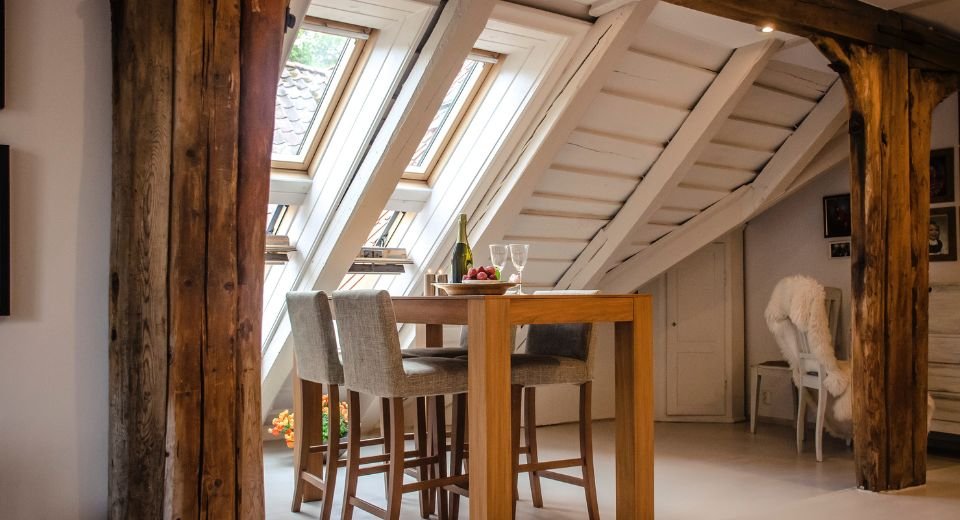HQ Team
June 2, 2023: Instead of breaking internal walls in a building to connect two room spaces, scientists have developed a technique called kerfing to bend wood without breaking it, allowing more open-plan living or changing layouts to accommodate new arrivals or circumstances.
‘Knocking through’ walls to achieve new spaces is cost-intensive and environmentally unfriendly.
Researchers at Cambridge’s Centre for Natural Material Innovation and partners PLP Architecture unveiled ‘Ephemeral’ — an innovative alternative using engineered wood — at the London Design Biennale at London’s Somerset House which ends on June 25.
It invited visitors to step into a home constructed around principles of affordability, sustainability, flexibility, and adaptation.
The project, led by Cambridge researcher Ana Gatóo, uses the kerfing technique, the same employed in guitars and other stringed instruments.
Resilient, foldable
The resulting wooden walls are simple, resilient, foldable, and movable, meaning they can respond to the changing needs of residents.
These requirements vary from when children are born or leave their home, age or mobility bring changing requirements or home-working patterns change.
“Self-assembly and modular furniture have improved so many people’s lives. We’ve developed something similar but for walls so people can take total control of their interior spaces,” said Gate.
“If you have lots of money, you can hire a designer and alter the interiors of your house, but if you don’t, you’re stuck with very rigid systems that could be decades out-of-date. You might be stuck with more rooms than you need, or too few. We want to empower people to make their spaces their own.”
Seamlessly retrofitted
The team’s ‘rooms of requirement’ provide solutions that can be built into the fabric of the building from its first design, or seamlessly retrofitted – avoiding the mountains of carbon associated with demolition and reconstruction.
“We’re using engineered timber, which is affordable and sustainable. It’s a natural material that stores carbon, and when you don’t need it anymore, you can make something else with it. So you are creating minimal waste,” she said.
The researchers said that their system could be used anywhere in the world, in workplaces as well as in homes, and the researchers have already had encouraging conversations with industry, including with affordable housing developers in India.
“This is what our cities of the future need – caring for people and the environment at the same time.”
Implemented at scale, this innovation could change the construction industry for the better — people can adapt their spaces to their needs while slashing housing costs, she said.






